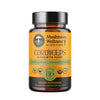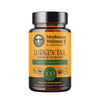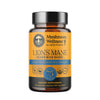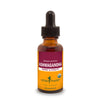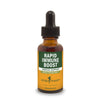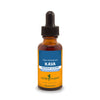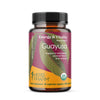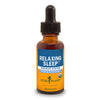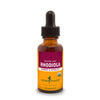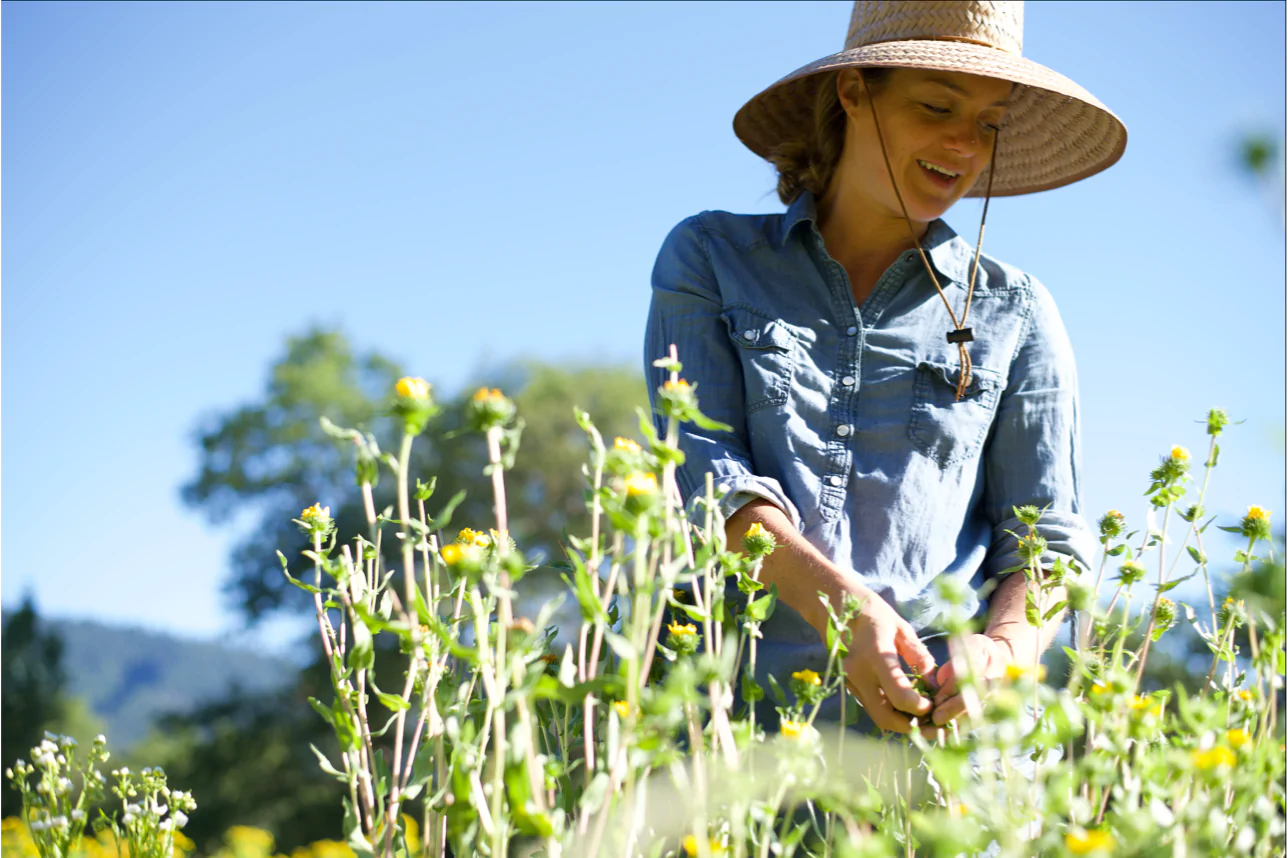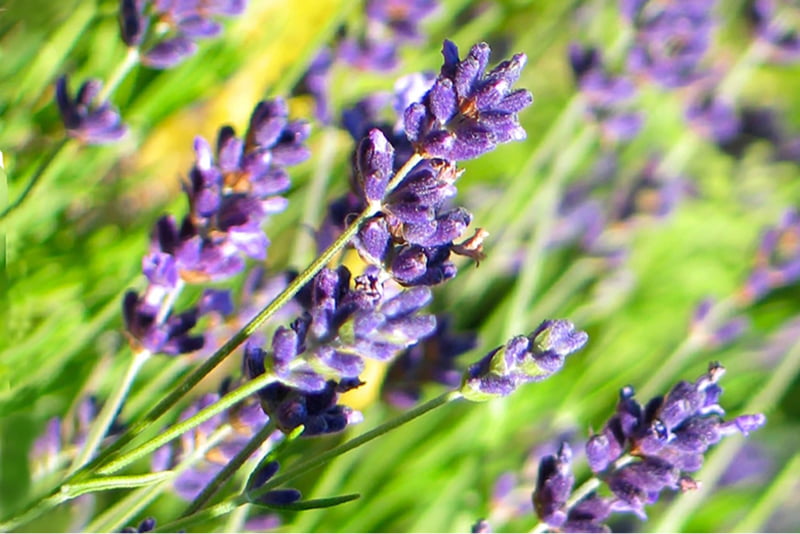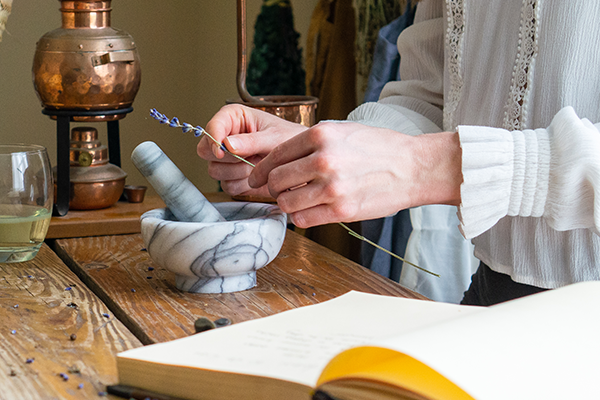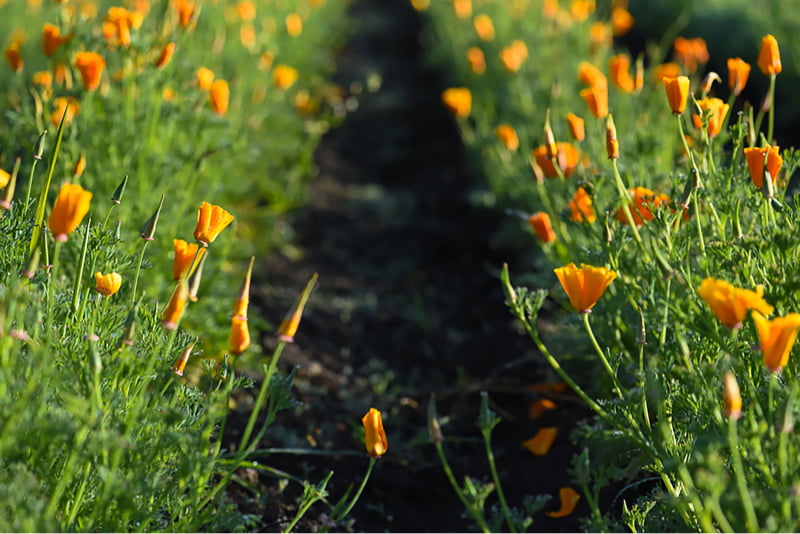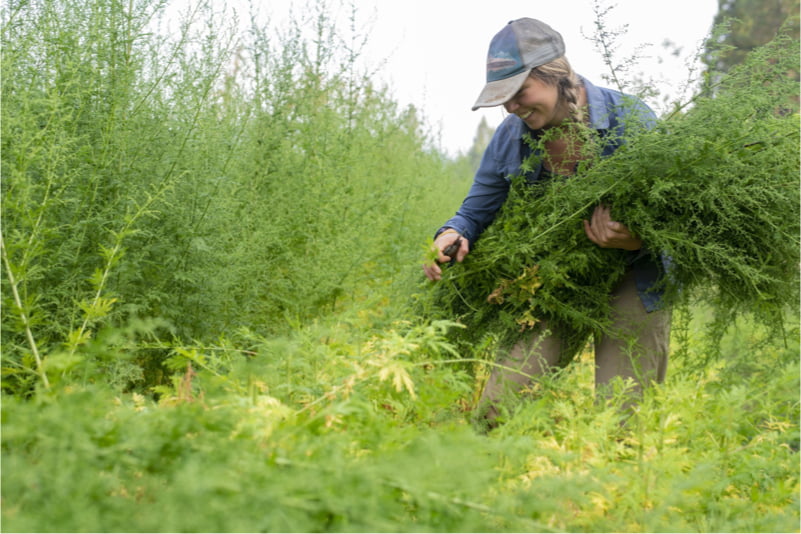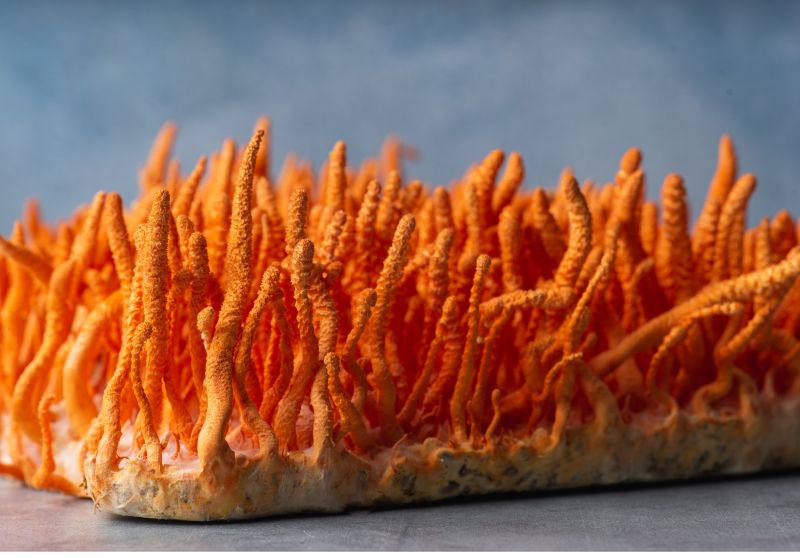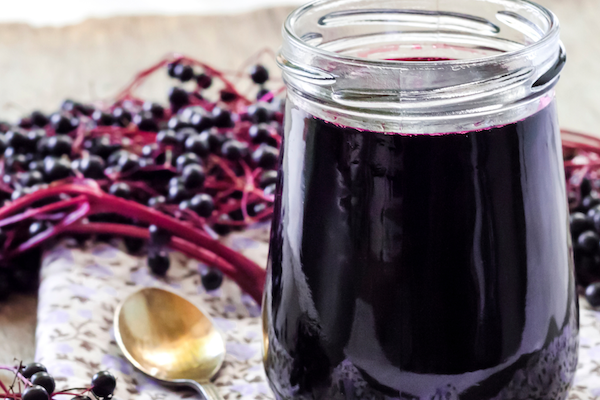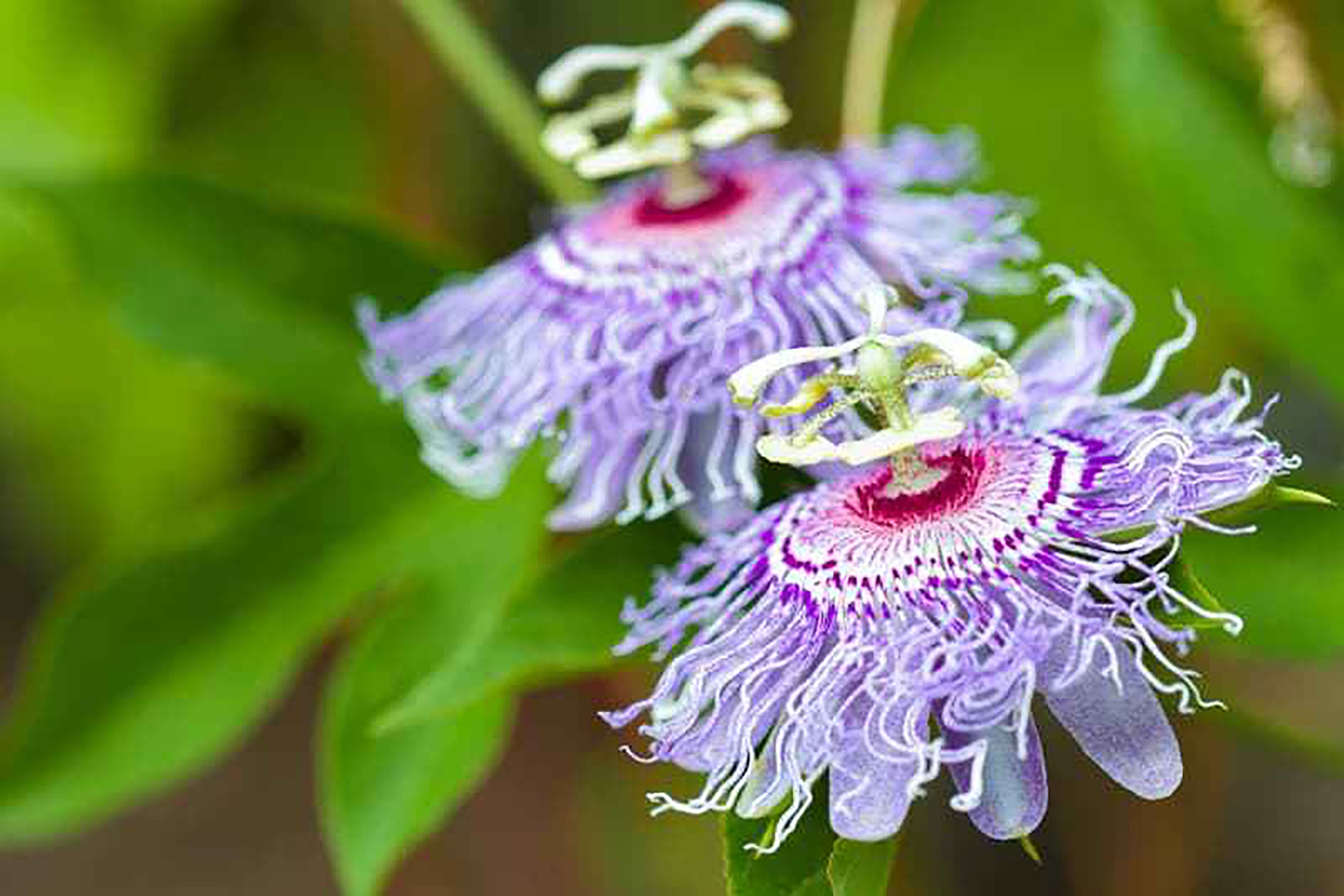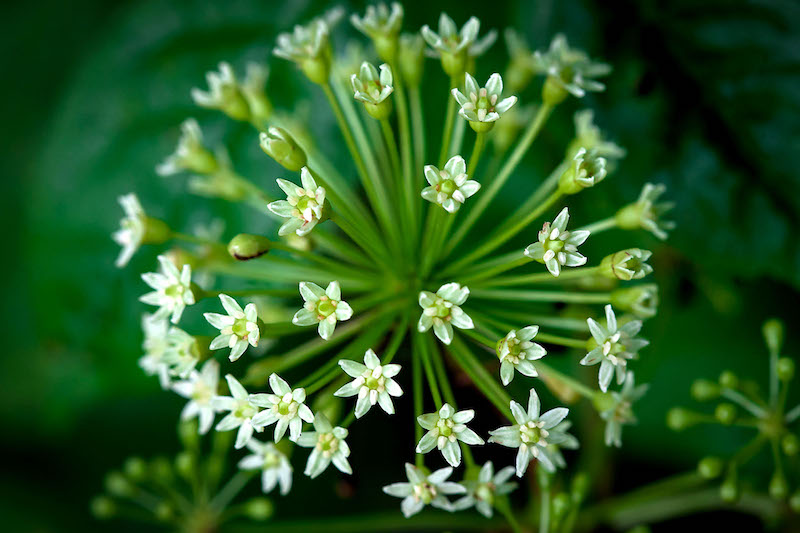Description
This deciduous woody shrub has mostly unbranched stems that grow approximately 10 to 20 feet (4 to 6 meters).2,4,6 The young stems are covered with flexible prickles, while the older stems are mostly smooth.2 The leaves are palmately compound with five leaflets that are elliptical with a serrated margin that are often attached to the stem by reddish petioles.2 Flowers are small, multiple, and umbelliferous; attached by long peduncles at the end of stems.2 Fruit is a drupe with multiple kernels.2 The root is a cylindrical dark brown taproot that is sometimes branched with a smooth exterior and a thin bark about 0.5 cm in diameter.2 The rhizome is pale brown, up to 4 cm thick, wrinkled lengthwise, and shows the root scars with aerial stem traces and a pale yellow interior.2
Origins & History
Eleuthero is indigenous to Asia, specifically southeast Asia, northern China, Korea, Japan, eastern Siberia, and southeastern Russia.2,4 It has been said that an herb with similar effects to Ginseng, but a more inexpensive alternative was sought after for Russian athletes.7 Eleuthero became this substitute herb and it has been researched extensively in Russia since the 1950s.6
Historically this herb was grouped with others designated with five leaves, all named Wu Jia.5 Eleuthero was differentiated as Ci Wu Jia by author Li Shizhen in the 1593 materia medica, Ben Cao Gang Mu.5
This plant can be problematic to germinate, however it can grow from seed once germinated and is harvested in the fall.6
Eleuthero is a tonic adaptogen* that is appropriate for all ages and genders that can be taken for longer periods of time.5

